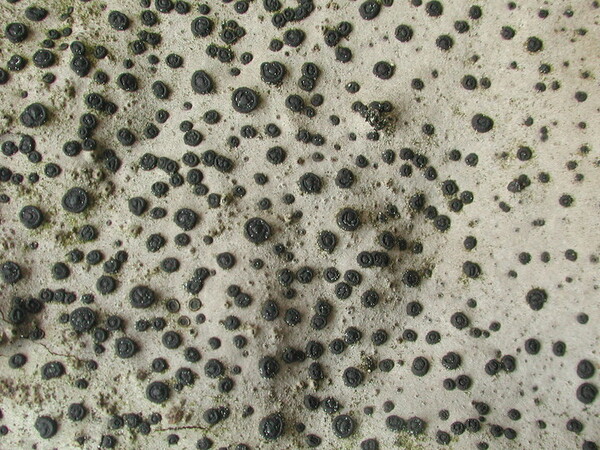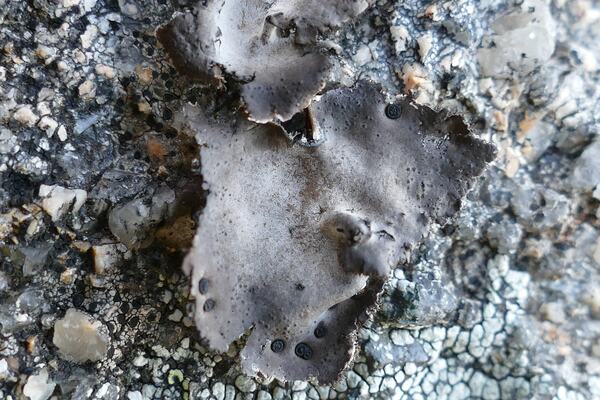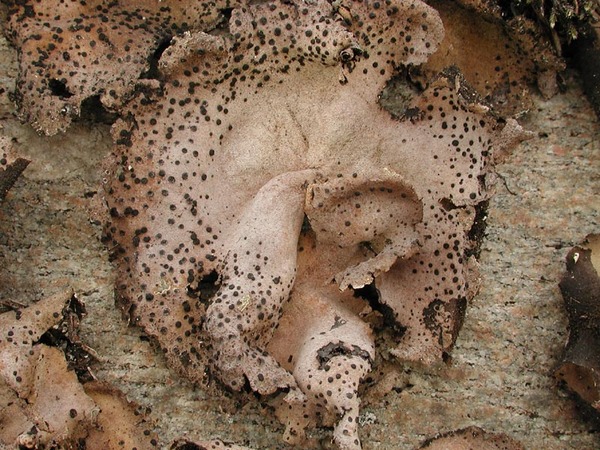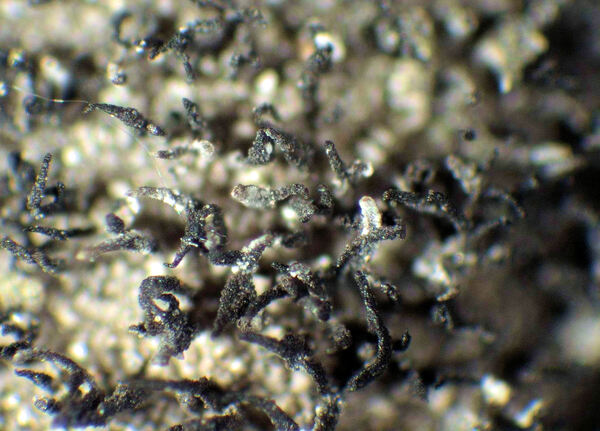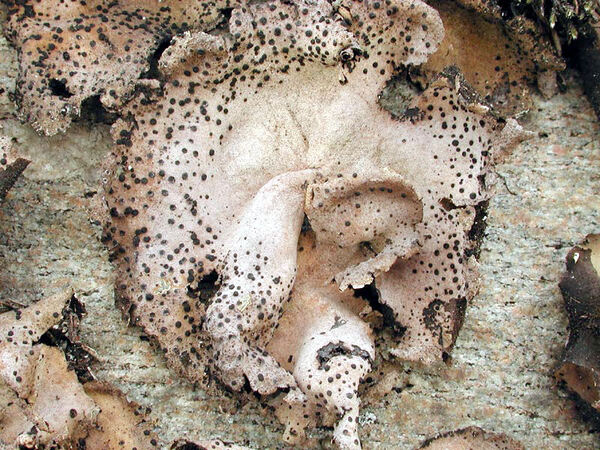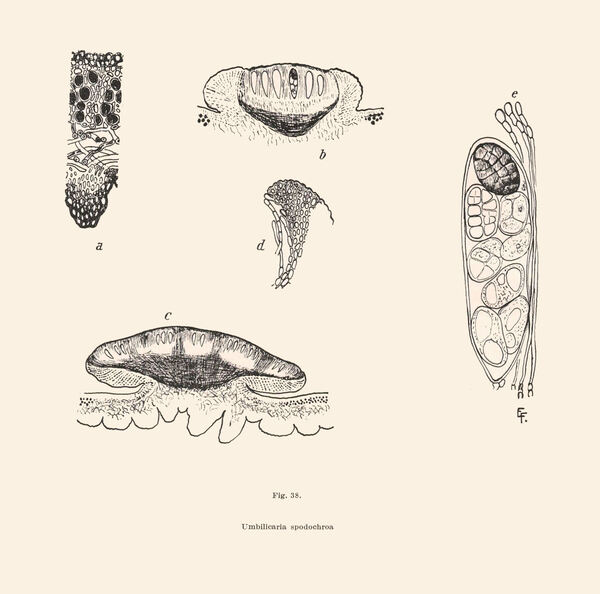Umbilicaria spodochroa Hoffm.
Ehrh. ex Hoffm., Deutschl. Fl., 2: 113, 1796.
Synonyms: Gyrophora cirrhosa auct. p.p. non (Hoffm.) Flörke; Gyrophora spodochroa (Hoffm.) Ach.; Omphalodiscus spodochrous (Hoffm.) Schol.; Umbilicaria cirrhosa auct. p.p. non Hoffm.
Distribution: N - TAA, Lomb, Piem (Isocrono & al. 2004), VA (Piervittori & Isocrono 1999). C - Sar.
Description: Thallus foliose-umbilicate, heteromerous, dorsiventral, monophyllous, 2-5 cm wide, soft, pliable and somewhat leathery when wet, fragile when dry, attached by a more or less central holdfast. Upper surface grey-brown, often whitish-pruinose, rather smooth, the margins sinuous, more or less entire. Lower surface mostly dark brown to black, rimose-warted, with abundant, branched, brown-black rhizinomorphs; thalloconidia absent. Medulla not always clearly differentiated from lower cortex. Apothecia frequent, especially in marginal parts, omphalodisc, black, 1-1.5(-2) mm across, sessile to shortly stalked. Epithecium black-brown; hymenium colourless; paraphyses simple or sparingly branched, with enlarged apical cells; hypothecium brown. Asci 8-spored, elongate-clavate, thick-walled, with an amyloid apical dome, Umbilicaria-type. Ascospores at first 1-celled and hyaline, but soon turning brown and muriform, ellipsoid, 20-30(-36) x 11-19 μm. Photobiont chlorococcoid. Spot tests: medulla K-, C+ red, KC+ red, P-. Chemistry: medulla with gyrophoric acid. Note: a mainly western-oceanic species growing on inclined surfaces of siliceous rocks near or above treeline. Most Italian records need confirmation.
Growth form: Foliose, umbilicate
Substrata: rocks
Photobiont: green algae other than Trentepohlia
Reproductive strategy: mainly sexual
Most common in areas with a humid-warm climate (e.g. most of Tyrrenian Italy)
Commonnes-rarity: (info)
Alpine belt: rather rare
Subalpine belt: rare
Oromediterranean belt: extremely rare
Montane belt: absent
Submediterranean belt: absent
Padanian area: absent
Humid submediterranean belt: absent
Humid mediterranean belt: absent
Dry mediterranean belt: absent
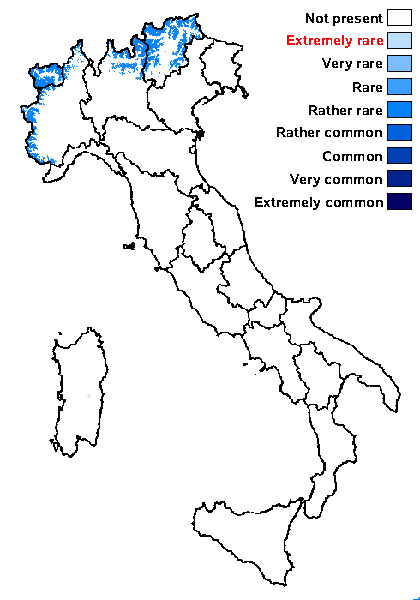
Predictive model
Herbarium samples
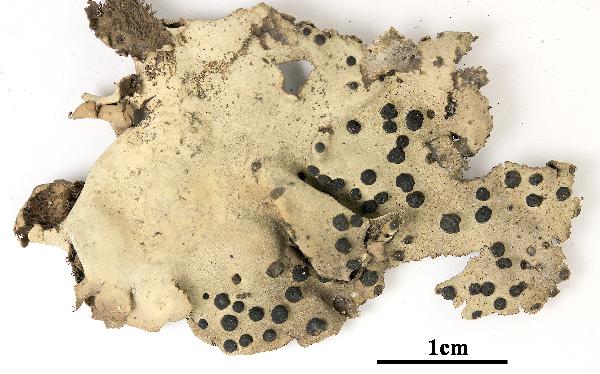

Felix Schumm - CC BY 4.0
[VZ1531], Bulgaria. Pontus, distr. Burgas: Sozopol - Primorsko, loco
Veselita skala dicto supra fluminem Ropotamo, 30 m. In rupibus andesiticis.
Leg. I. Pisút et. A. V zda. EX A. V ZDA: LICHENES SELECTI
EXSICCATI NR. 1531.
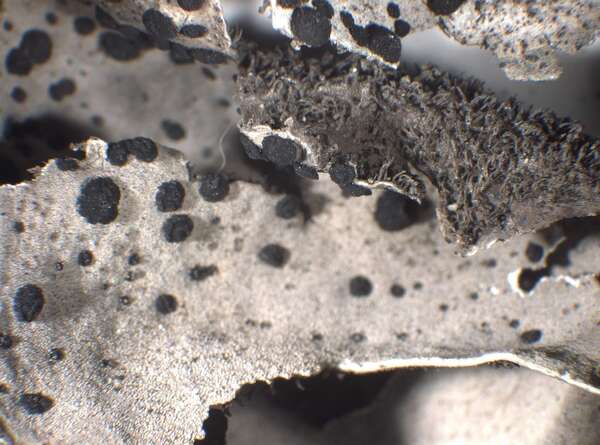

P.L. Nimis; Owner: Department of Life Sciences, University of Trieste
Herbarium: TSB (35725)
2003/01/22
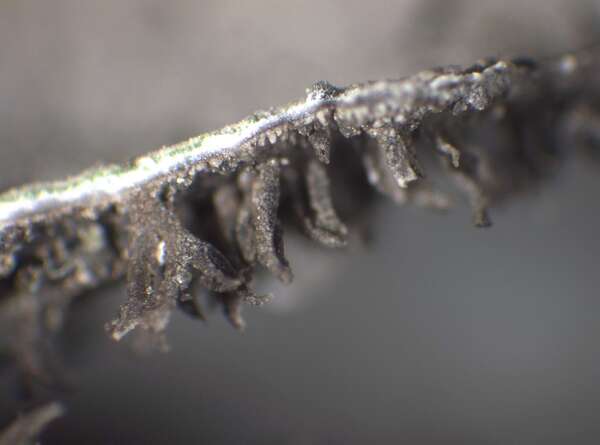

P.L. Nimis; Owner: Department of Life Sciences, University of Trieste
Herbarium: TSB (35725)
2003/01/22
rhizinomorphs on lower surface
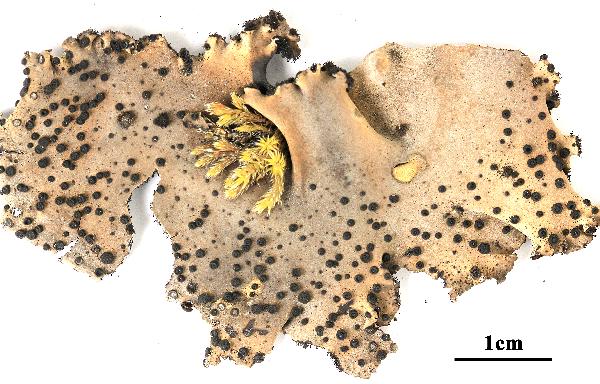

Felix Schumm - CC BY 4.0
[9961], Norwegen: Sogn og Fjordane: Sogndalsdaler, 4 km N-NE of
Sogndal along rte 55, 61°16' N, 7°9'45'' E, 2m; Next to the fjord on
acidic boulder. Leg. T. H. Nash III (nr 43666), 02.08.2002, det. T. H.
Nash III. Dupl. Ex Arizona State University Lichen Herbarium
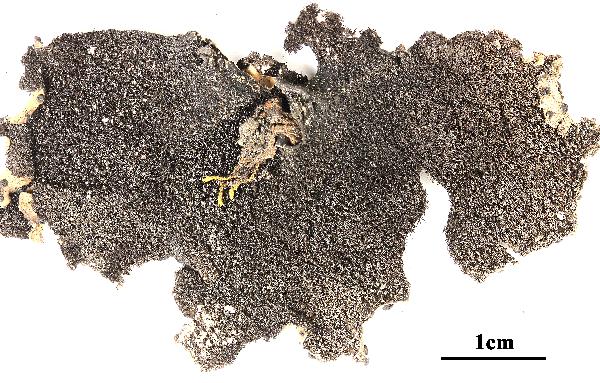

Felix Schumm - CC BY 4.0
[9961], Norwegen: Sogn og Fjordane: Sogndalsdaler, 4 km N-NE of
Sogndal along rte 55, 61°16' N, 7°9'45'' E, 2m; Next to the fjord on
acidic boulder. Leg. T. H. Nash III (nr 43666), 02.08.2002, det. T. H.
Nash III. Dupl. Ex Arizona State University Lichen Herbarium
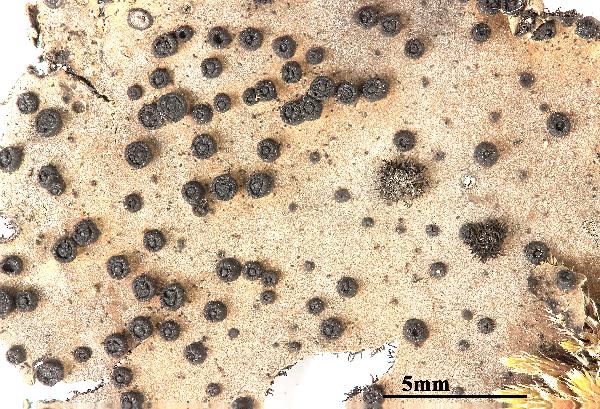

Felix Schumm - CC BY 4.0
[9961], Norwegen: Sogn og Fjordane: Sogndalsdaler, 4 km N-NE of
Sogndal along rte 55, 61°16' N, 7°9'45'' E, 2m; Next to the fjord on
acidic boulder. Leg. T. H. Nash III (nr 43666), 02.08.2002, det. T. H.
Nash III. Dupl. Ex Arizona State University Lichen Herbarium
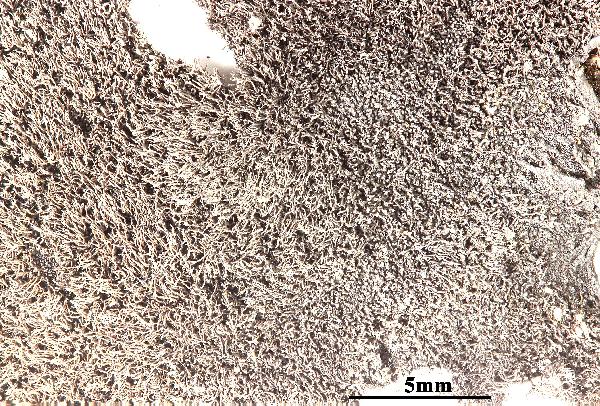

Felix Schumm - CC BY 4.0
[9961], Norwegen: Sogn og Fjordane: Sogndalsdaler, 4 km N-NE of
Sogndal along rte 55, 61°16' N, 7°9'45'' E, 2m; Next to the fjord on
acidic boulder. Leg. T. H. Nash III (nr 43666), 02.08.2002, det. T. H.
Nash III. Dupl. Ex Arizona State University Lichen Herbarium
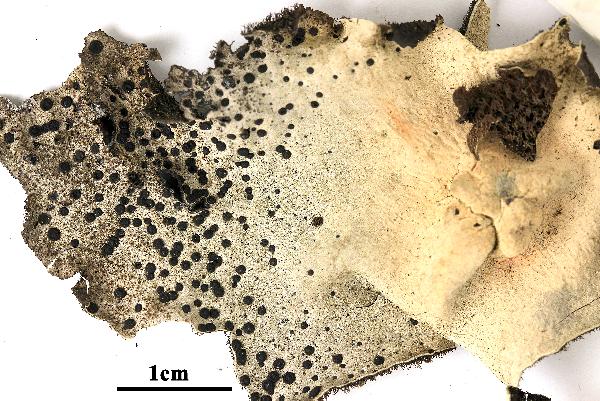

Felix Schumm - CC BY 4.0
[18990], Frankreich, Korsika, bei Evisa, Belvedere, an Fels, 900 m.
Leg. K. Kalb (Nr. 8099), 31.07.1968, det. D.M. Masson, 2012. - Sporen
21-24.5-28 x 13-15.4-18 μm.
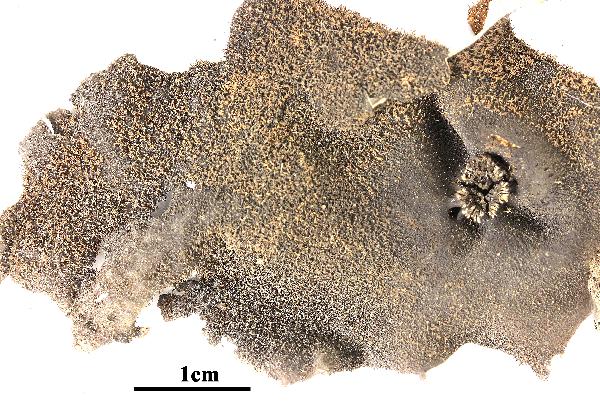

Felix Schumm - CC BY 4.0
[18990], Frankreich, Korsika, bei Evisa, Belvedere, an Fels, 900 m.
Leg. K. Kalb (Nr. 8099), 31.07.1968, det. D.M. Masson, 2012. - Sporen
21-24.5-28 x 13-15.4-18 μm.
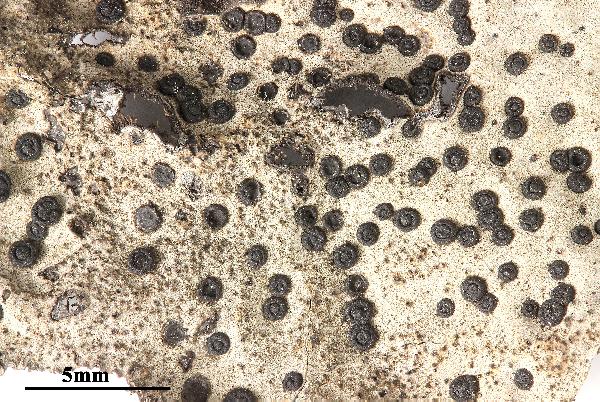

Felix Schumm - CC BY 4.0
[18990], Frankreich, Korsika, bei Evisa, Belvedere, an Fels, 900 m.
Leg. K. Kalb (Nr. 8099), 31.07.1968, det. D.M. Masson, 2012. - Sporen
21-24.5-28 x 13-15.4-18 μm.
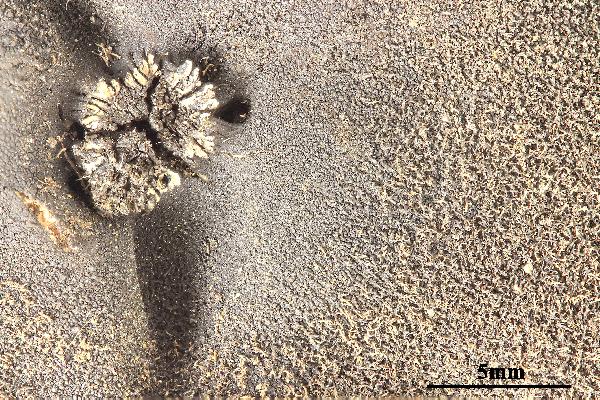

Felix Schumm - CC BY 4.0
[18990], Frankreich, Korsika, bei Evisa, Belvedere, an Fels, 900 m.
Leg. K. Kalb (Nr. 8099), 31.07.1968, det. D.M. Masson, 2012. - Sporen
21-24.5-28 x 13-15.4-18 μm.
Growth form: Foliose, umbilicate
Substrata: rocks
Photobiont: green algae other than Trentepohlia
Reproductive strategy: mainly sexual
Most common in areas with a humid-warm climate (e.g. most of Tyrrenian Italy)
Commonnes-rarity: (info)
Alpine belt: rather rare
Subalpine belt: rare
Oromediterranean belt: extremely rare
Montane belt: absent
Submediterranean belt: absent
Padanian area: absent
Humid submediterranean belt: absent
Humid mediterranean belt: absent
Dry mediterranean belt: absent

Predictive model
| Herbarium samples |


Felix Schumm - CC BY 4.0
[VZ1531], Bulgaria. Pontus, distr. Burgas: Sozopol - Primorsko, loco Veselita skala dicto supra fluminem Ropotamo, 30 m. In rupibus andesiticis. Leg. I. Pisút et. A. V zda. EX A. V ZDA: LICHENES SELECTI EXSICCATI NR. 1531.


P.L. Nimis; Owner: Department of Life Sciences, University of Trieste
Herbarium: TSB (35725)
2003/01/22


P.L. Nimis; Owner: Department of Life Sciences, University of Trieste
Herbarium: TSB (35725)
2003/01/22
rhizinomorphs on lower surface


Felix Schumm - CC BY 4.0
[9961], Norwegen: Sogn og Fjordane: Sogndalsdaler, 4 km N-NE of Sogndal along rte 55, 61°16' N, 7°9'45'' E, 2m; Next to the fjord on acidic boulder. Leg. T. H. Nash III (nr 43666), 02.08.2002, det. T. H. Nash III. Dupl. Ex Arizona State University Lichen Herbarium


Felix Schumm - CC BY 4.0
[9961], Norwegen: Sogn og Fjordane: Sogndalsdaler, 4 km N-NE of Sogndal along rte 55, 61°16' N, 7°9'45'' E, 2m; Next to the fjord on acidic boulder. Leg. T. H. Nash III (nr 43666), 02.08.2002, det. T. H. Nash III. Dupl. Ex Arizona State University Lichen Herbarium


Felix Schumm - CC BY 4.0
[9961], Norwegen: Sogn og Fjordane: Sogndalsdaler, 4 km N-NE of Sogndal along rte 55, 61°16' N, 7°9'45'' E, 2m; Next to the fjord on acidic boulder. Leg. T. H. Nash III (nr 43666), 02.08.2002, det. T. H. Nash III. Dupl. Ex Arizona State University Lichen Herbarium


Felix Schumm - CC BY 4.0
[9961], Norwegen: Sogn og Fjordane: Sogndalsdaler, 4 km N-NE of Sogndal along rte 55, 61°16' N, 7°9'45'' E, 2m; Next to the fjord on acidic boulder. Leg. T. H. Nash III (nr 43666), 02.08.2002, det. T. H. Nash III. Dupl. Ex Arizona State University Lichen Herbarium


Felix Schumm - CC BY 4.0
[18990], Frankreich, Korsika, bei Evisa, Belvedere, an Fels, 900 m. Leg. K. Kalb (Nr. 8099), 31.07.1968, det. D.M. Masson, 2012. - Sporen 21-24.5-28 x 13-15.4-18 μm.


Felix Schumm - CC BY 4.0
[18990], Frankreich, Korsika, bei Evisa, Belvedere, an Fels, 900 m. Leg. K. Kalb (Nr. 8099), 31.07.1968, det. D.M. Masson, 2012. - Sporen 21-24.5-28 x 13-15.4-18 μm.


Felix Schumm - CC BY 4.0
[18990], Frankreich, Korsika, bei Evisa, Belvedere, an Fels, 900 m. Leg. K. Kalb (Nr. 8099), 31.07.1968, det. D.M. Masson, 2012. - Sporen 21-24.5-28 x 13-15.4-18 μm.


 INDEX FUNGORUM
INDEX FUNGORUM
 GBIF
GBIF
 DOLICHENS
DOLICHENS
